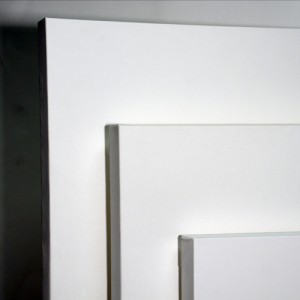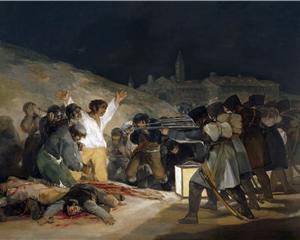
Dining establishments are now incorporating art in their décor to showcase their collections and to also entice customers. Aside from offering delicious food, these restaurants and cafés also serve as art galleries, displaying paintings on canvas, sculptures, and other artworks. If you’re an artist, or an art lover, check out these restaurants:
Casa Lever, New York. Casa Lever is a fine dining restaurant in Manhattan which displays modern art. Several portraits of celebrities created by Andy Warhol grace the walls of this restaurant. The portraits include Sylvester Stallone, Aretha Franklin, and Giorgio Armani.
Four Seasons Restaurant, New York. Four Seasons Restaurant displays changing galleries of Modern Art, including artworks from Andy Warhol, Jackson Pollock, and Helen Frankenthaler. There’s an interesting story about American artist Mark Rothko. Rothko was commissioned to create a series paintings for the dining rooms. He created the paintings with “malicious intentions” but then decided to return the advance payment and kept his paintings for himself.
The Leopard at des Artistes, New York. The Leopard is an Italian fine dining restaurant in New York. The dining area displays the six panels of wood nypmhs and paintings by American artist Howard Chandler Christy which includes The Parrot Girl, The Swing Girl, and Fountain of Youth.
Tru, Chicago. The interiors of Tru looks like an art gallery, with its high ceilings, pin-spot lights, and white walls. It displays pieces from some of the best 20th century artists such as the King of the Pop Artists Andy Warhol, American geometric painter Peter Halley, and German abstract painter Gerhard Richter.
L’Escargot, London. Opened in 1927, L’Escargot houses an extensive collection of original artworks by some of the famous artists in the 20th century such as French painter Henri Matisse, English painter David Hockney, Spanish painter & sculptor Joan Miró, and Russian artist Marc Chagall.
Maxim’s, Paris. Maxim’s is famous for its Art Nouveau interior decor. It displays an extensive collection of illustrious masterpieces from the Belle Epoch. Maxim’s display more than 500 original, signed pieces from all over the world.
La Colombe d’Or, St. Paul de Vence, France. La Colombe d’Or is a hotel and restaurant located in an old medieval town in France. Paul Roux started it as a café bar in 1920 and then later opened an inn which attracted artists from neighbor towns. Many paintings now grace the walls of the restaurant since artists such as Pablo Picasso and Henri Matisse who were frequent customers exchanged their works as payment for meals or their stay.
Image source: www.casalever.com











